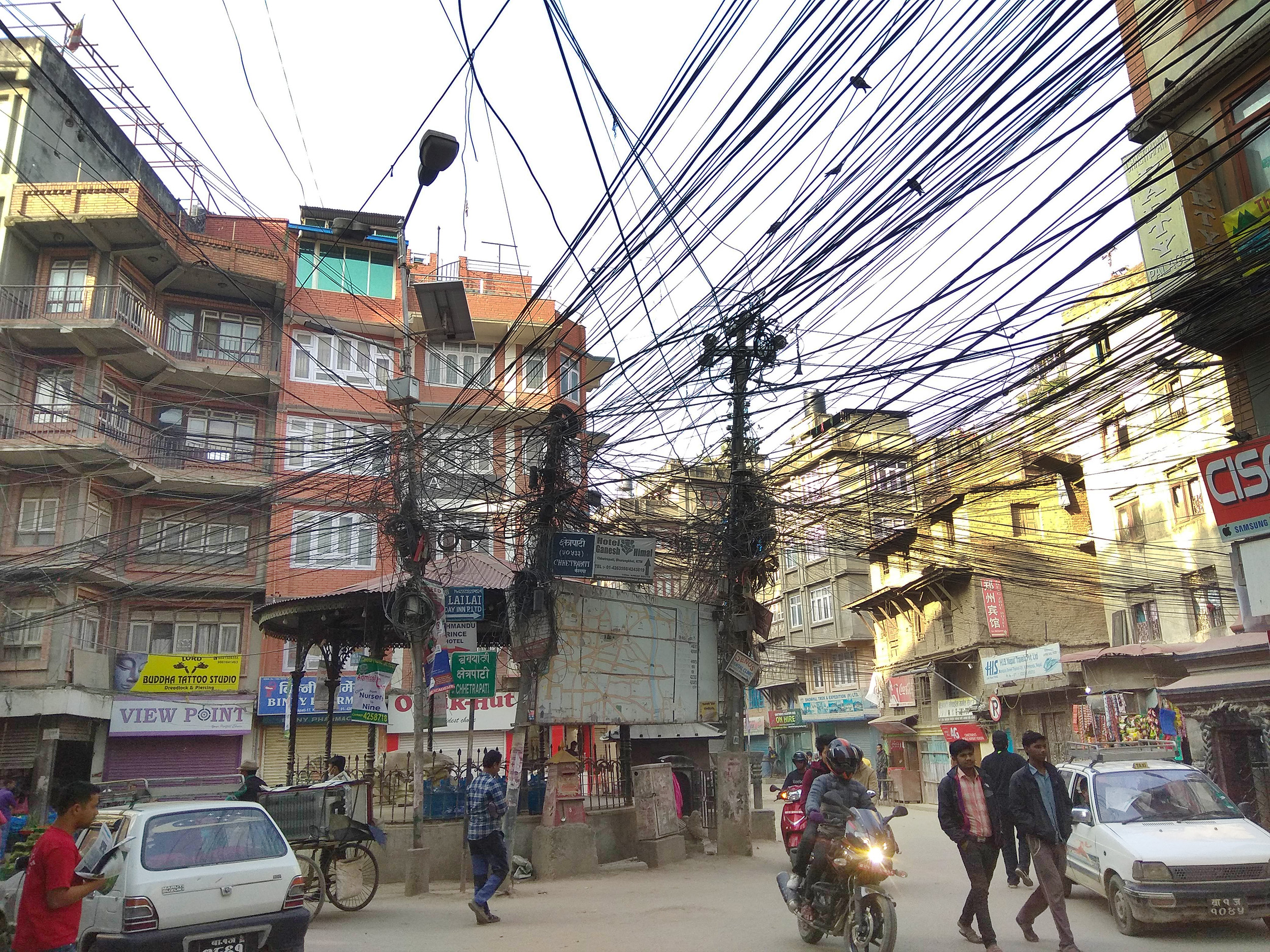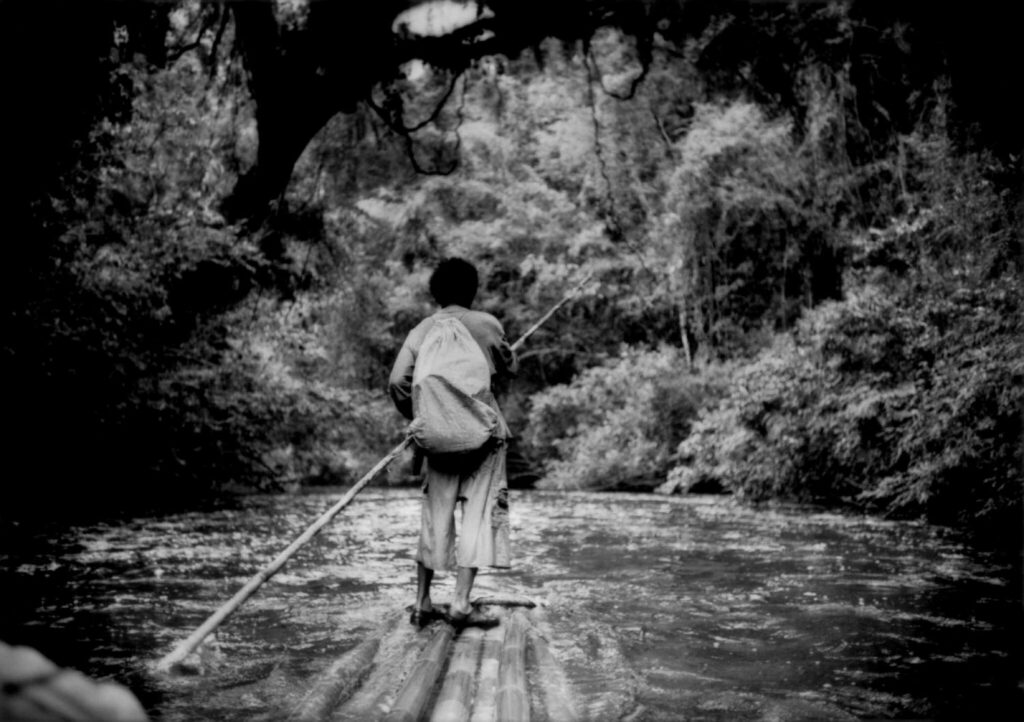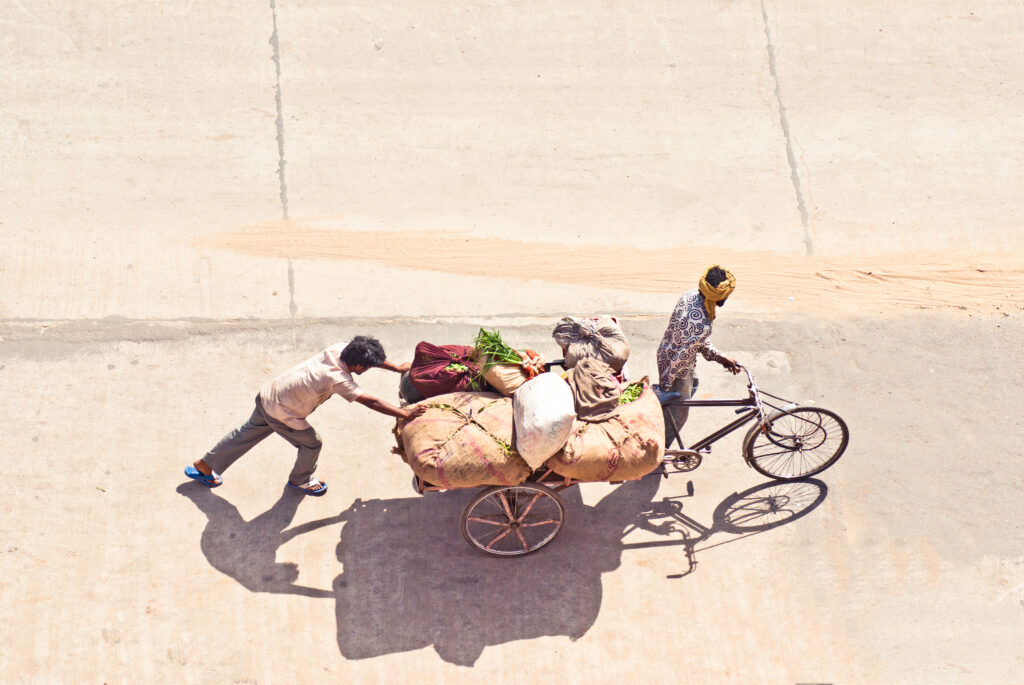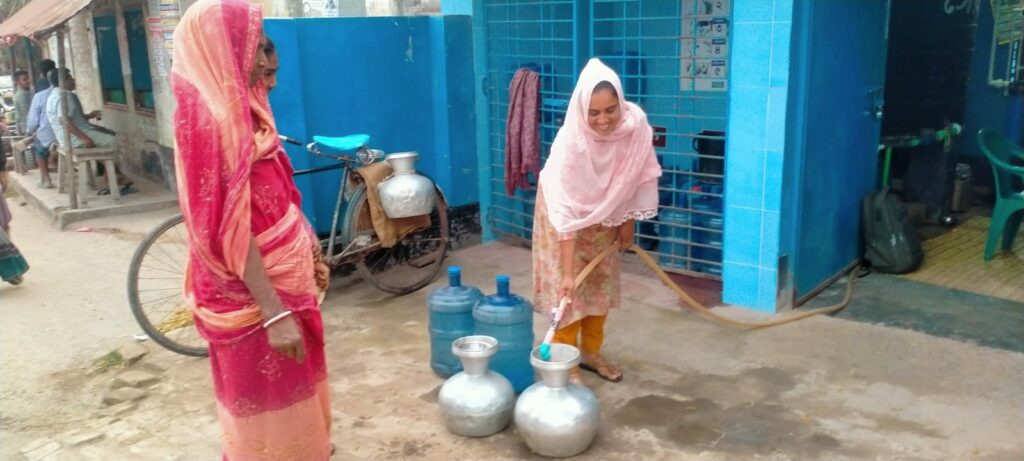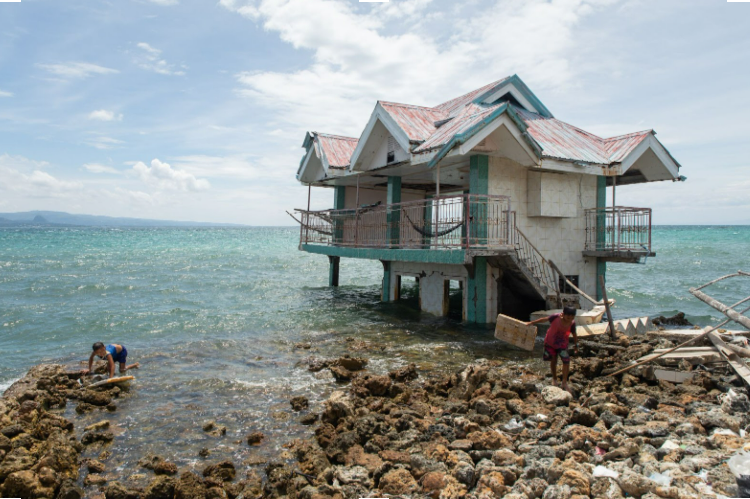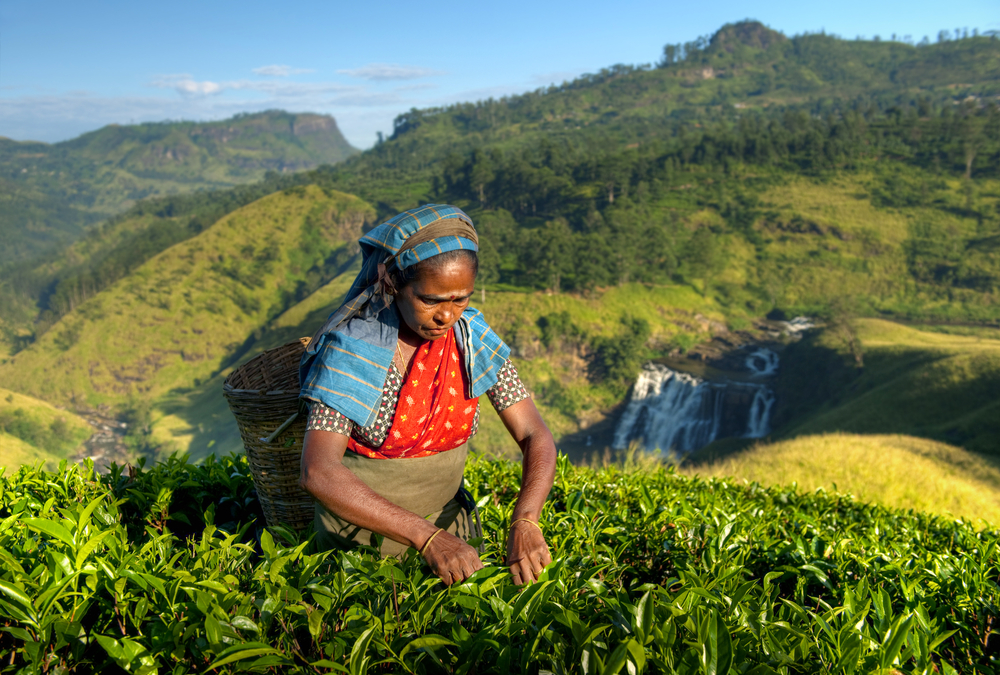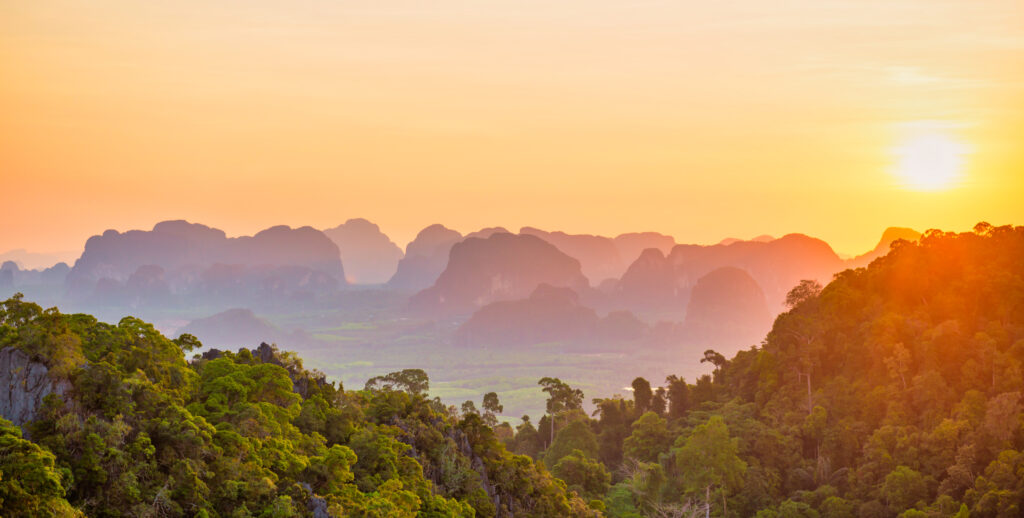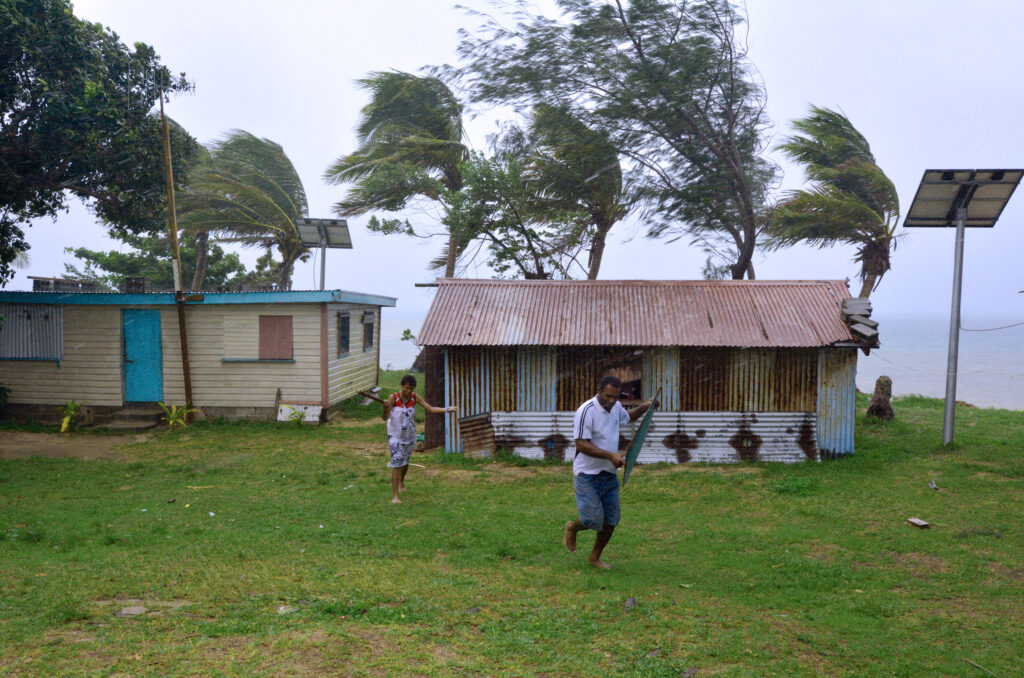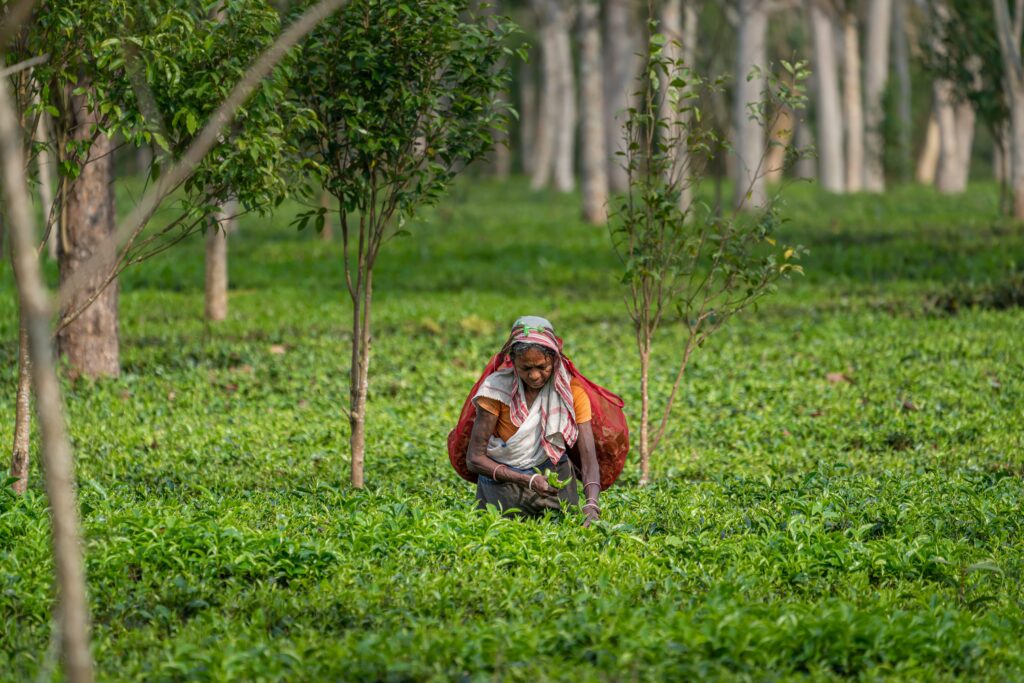Load shedding in Nepal is creating headaches for its development goals, while chatter about making the energy transition just grows globally amongst politicians and activists. A just transition would see everyone from families at home to those working in the fossil fuel supply chain benefit from transitioning to cleaner energy sources. These intentions are well placed. Nowhere would this be more important than in poorer countries that haven’t reaped the rewards that fossil fuels have given the developed world.
But, like so much else, this is easier said than done. The mountainous country of Nepal illustrates this circumstance well when it comes to energy issues. Blessed with glaciers that start in the Himalayas, Nepal is home to surging river systems flowing throughout the country, which lies between India and China. The country’s rivers are one of its only resources, and almost all the country’s electricity comes from renewable hydropower.
Energy Crisis in Nepal
By most measures, having any country powered almost entirely on renewable energy would be a success. Yet, Nepal still suffers from consistent load shedding despite being able to, in theory, generate more than it consumes. Peak demand electricity, for example, only reaches 1.7 GW, but Nepal’s total generating capacity totals 2.8 GW. A dam in the western part of the country’s Lamjung district represents the country’s problems well. According to Ganesh Karki, a developer at Lamjung’s dam, it only releases 10 MW of electricity despite having a 54 MW potential.
The situation in Lamjung generally encapsulates Nepal’s challenges, where access to energy is hampered by a lack of transmission lines and distribution issues. Ageing electricity grids add to the problem of being unable to handle the increased loads from growing demand. Put together, reduced energy supplies and the ensuing blackouts are the norm. Meanwhile, political wrangling and the government’s refusal to let the private sector build out transmission lines and upgrade grids worsen the situation, making it difficult for families to gain the confidence to switch from gas stoves to electric ones, for example. On a grander scale, it hinders Nepal’s development and its overall economy.
Solar panels can help when there is no power from the grid. However, most of the time, Nepali’s have little alternative but to deal with blackouts by using polluting diesel generators. The fuel is not only expensive but presents its own set of health risks. At times, on some streets in Kathmandu, the capital, there are so many diesel generators running that they fill the sidewalks with toxic fumes. This adds to overall air quality concerns in the city, where PM 2.5 levels are 10 times the recommended amount, according to the World Health Organisation’s guidelines.
Betting Economic Development on Selling Hydropower
Despite Nepal’s domestic energy troubles, it is banking much of its economic development on selling electricity generated by its dams to energy-hungry neighbours like India and Bangladesh. To some, like Mukesh Kafle, former managing director at Nepal’s Electricity Authority, this explains why there has been an overemphasis on energy production and not on transmission or local distribution. For example, in 2022, Nepal exported 400 MW of energy to India while load shedding in Nepal continued. And this year, a deal between the two will add an extra 600 MW. Furthermore, Nepal and Bangladesh are lobbying India, albeit unsuccessfully, to allow the construction of a transmission line across India so Nepal can sell power to Bangladesh. Planning for this apparent boom in demand, Nepal now has 5 GW worth of hydropower capacity under construction.
On the surface, where climate change is concerned, there seems to be a lack of foresight when placing big bets on hydropower. The majority of Himalayan glaciers – where most of Nepal’s rivers originate – are expected to disappear or undergo severe melting within 80 years if climate change’s influence on rising temperatures continues. This presents an existential threat to hydropower in the long term and, by default, Nepal’s plan to develop its economy. Simply put, if the rivers run dry, dams can’t produce power.
Are There Other Options?
However, Nepal’s options are scant due to its combination of being a landlocked country lacking resources, besides its rivers, and being pincered between two regional superpowers, India and China. It also must do what it can to economically diversify from being an agriculturally based society. At the same time, it needs to please its powerful neighbours for strategic and foreign investment purposes. The energy deal recently signed with India represents this well, along with other development deals made with China.
So far, Nepal’s plan to boost power production hasn’t provided much solace for communities living with consistent blackouts. In this sense, Nepal would benefit from the government relinquishing some of its monopoly on energy infrastructure to see access to reliable power reach the masses in a just way. While Nepal’s ambitions to sell power to powerful neighbours and develop its economy through its rivers are reasonable, it should also look inward before entertaining its grand plans. Yet, with climate change threatening glaciers across the Himalayas, the time to cash in on its resources may be finite, giving Nepal little room for anything else.
Ashley Crowther
Writer, Australia
Ashley has reported on and photographed key stories on climate change, social development and other issues throughout Asia for nearly a decade. His work has been commissioned and appeared in publications such as the Financial Times, Vice, Marie Claire, The Guardian and more, and NGOs including the UN Foundation. He is the author and lead photographer in Our Dark Materials: Black Carbon & the Himalayas and was part of the team that won The Society of Publishers in Asia (SOPA) award for Excellence in Human Rights Reporting in 2022.
Ashley has reported on and photographed key stories on climate change, social development and other issues throughout Asia for nearly a decade. His work has been commissioned and appeared in publications such as the Financial Times, Vice, Marie Claire, The Guardian and more, and NGOs including the UN Foundation. He is the author and lead photographer in Our Dark Materials: Black Carbon & the Himalayas and was part of the team that won The Society of Publishers in Asia (SOPA) award for Excellence in Human Rights Reporting in 2022.

